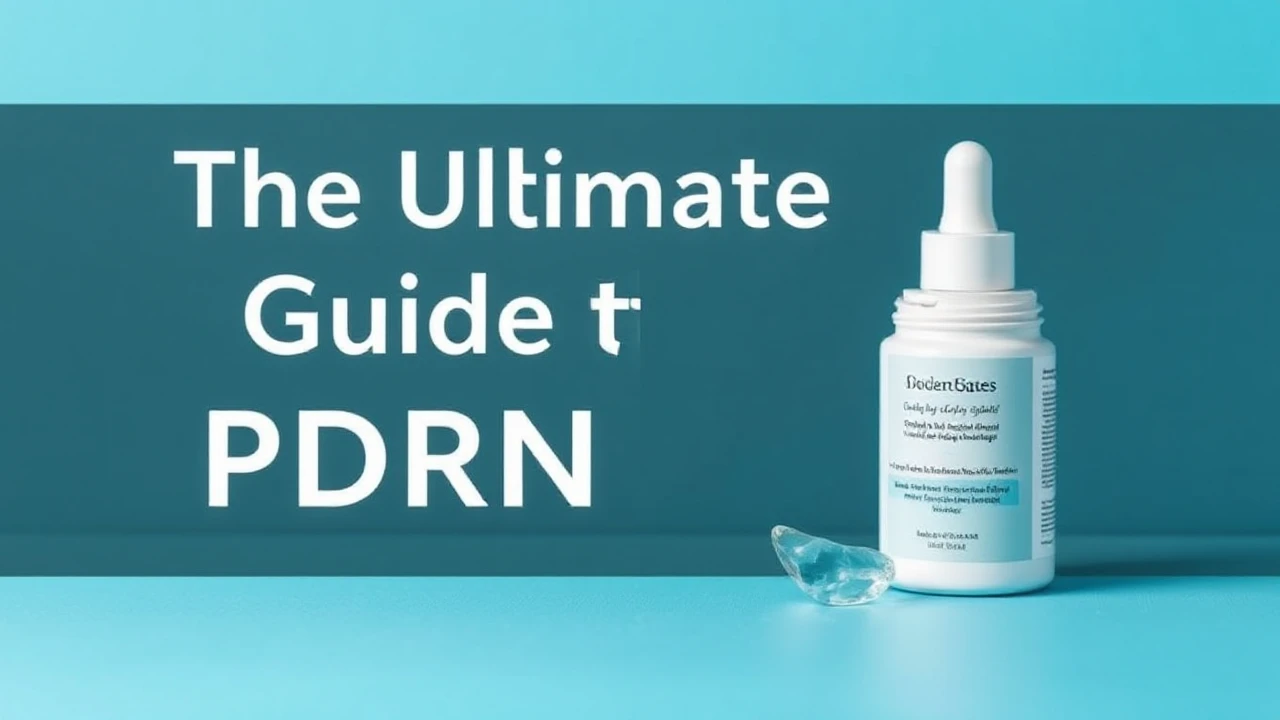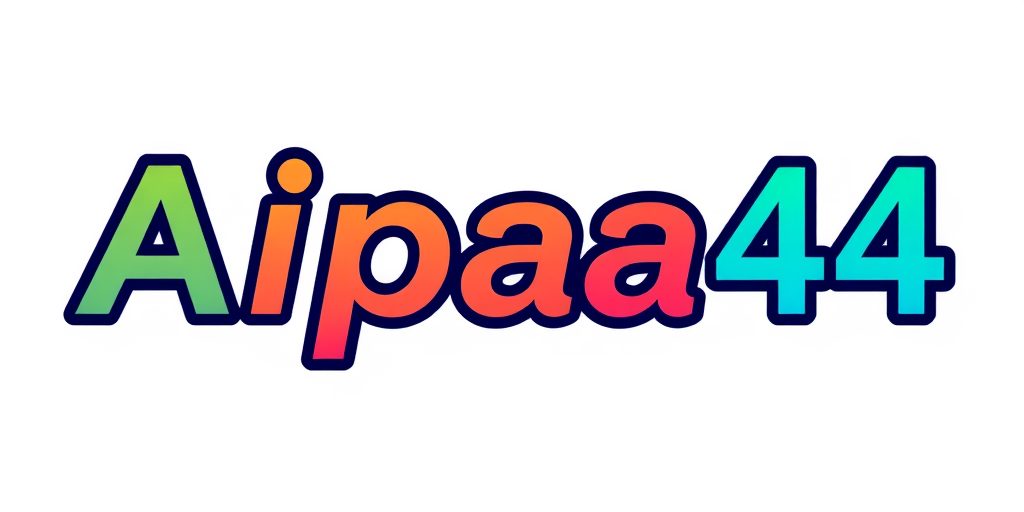
Business

 Steven Young
Sep 15, 2025
Steven Young
Sep 15, 2025




Stay updated with the latest insights and trends in online gaming









 Steven Young
Steven Young

 Steven Young
Steven Young

 Steven Young
Steven Young

 Steven Young
Steven Young

 Steven Young
Steven Young

 Steven Young
Steven Young
